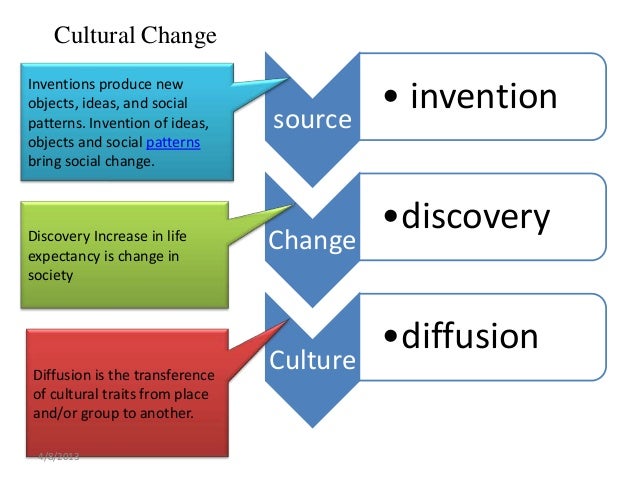Ever wondered why some countries develop faster than others? Or how seemingly primitive societies transition into bustling metropolises? The answer, at least partially, lies in the intriguing realm of Modernization Theory. This theory attempts to explain how societies evolve from traditional, agrarian structures to modern, complex, and industrialized ones.

Image: www.pinterest.com
Modernization Theory, first gaining prominence in the mid-20th century, has become a cornerstone of understanding global development. It proposes that there is a universal path to development, characterized by industrialization, urbanization, and a shift towards secular values. While not without its critiques, it provides a framework for analyzing the processes of societal change and continues to be a topic of ongoing debate and discussion.
Roots and Core Concepts of Modernization Theory
The seeds of Modernization Theory were sown in the 19th century, with thinkers like Karl Marx and Max Weber observing the burgeoning industrial revolution in Europe. However, it wasn’t until the post-World War II era that the theory took shape, fueled by the Cold War and the desire to understand the development dynamics between Western and developing nations.
Key Concepts:
- Traditional Society: Typically agrarian, with strong family ties, social stratification, and religious beliefs.
- Modern Society: Characterized by industrialization, urbanization, individualism, and secularism.
- Modernization Process: A series of interconnected changes, including technological advancement, economic growth, social mobility, and political institutions.
- Stages of Development: Modernization theory often proposes a series of stages that societies pass through on their journey towards modernity, with each stage marked by specific characteristics.
Examples of Modernization Theory in Action
The theory’s impact can be observed through various real-world examples, showcasing how different societies have embraced and navigated the modernization process:

Image: www.slideshare.net
The Industrial Revolution in Britain:
The 18th and 19th centuries saw the Industrial Revolution sweep through Britain, transforming the country from a predominantly agrarian society to a hub of industrial production. This marked a significant shift highlighted by innovations like the steam engine, the cotton gin, and the factory system. The mechanization of production paved the way for urbanization, as people moved from rural areas to cities seeking work. The Industrial Revolution not only reshaped Britain’s economy but also changed its social fabric, giving rise to a new middle class, challenging social hierarchies, and ushering in a new era of scientific and technological advancement.
The Rise of South Korea:
South Korea’s economic transformation from a devastated nation after the Korean War into a technological powerhouse is often cited as a prime example of successful modernization. The country strategically embraced industrialization, investing in education, technology, and infrastructure. This focused development strategy, spearheaded by government intervention and support for export-oriented industries led to rapid economic growth, improved social welfare, and transformed South Korea into a key player in the global economy.
The Arab Spring:
While the Arab Spring uprisings of 2010-2011 were primarily driven by political and social discontent, they also reflected a desire for modernization. Protests across the Middle East and North Africa highlighted dissatisfaction with authoritarian regimes, an emphasis on individual rights, and a yearning for greater political freedom and economic opportunity. The events, while complex and multifaceted, showcased how modernization, both in terms of economic development and societal values, could contribute to political unrest and demand for change.
Criticisms of Modernization Theory
Modernization Theory has faced criticism for its Eurocentric bias and its assumption that all societies progress along a linear path to modernity. Critics argue that the theory overlooks the diverse experiences of different cultures and often implies a sense of superiority associated with Western development models.
Key Critiques:
- Cultural Imperialism: The theory can be interpreted as imposing Western values and norms on other cultures, neglecting local traditions and histories.
- Dependency Theory: This theory argues that developing nations are often trapped in a cycle of dependence on developed countries, making modernization a challenging process.
- Oversimplification: The theory can be criticized for oversimplifying complex social phenomena and ignoring the agency of individuals and communities in driving social change.
Modernization Theory in the 21st Century:
Despite its limitations, Modernization Theory remains influential in shaping our understanding of global development. In the 21st century, the theory has been adapted and refined to address criticisms and incorporate new insights.
Modernization Theory Today:
- Focus on Human Development: Contemporary approaches to modernization recognize the importance of human capital, social well-being, and education in driving sustainable development.
- Sustainable Development: Modernization is increasingly seen in the context of environmental sustainability, promoting development strategies that minimize environmental impact and ensure long-term prosperity.
- Globalization and Interdependence: The increasingly interconnected world highlights how modernization is influenced by global factors like trade, technology, and cultural exchange.
Examples Of Modernization Theory
Conclusion:
Modernization Theory has provided a valuable lens through which to analyze the transformations that societies undergo. While the theory has its limitations, it continues to be relevant in understanding the dynamics of global development. The examples discussed highlight the complexities and challenges of navigating the modernization process, emphasizing the need for nuanced and context-specific approaches to development. Further research and critical analysis are crucial to understanding the nuances of societal change in the 21st century and ensuring that modernization efforts promote inclusive and sustainable development for all.





